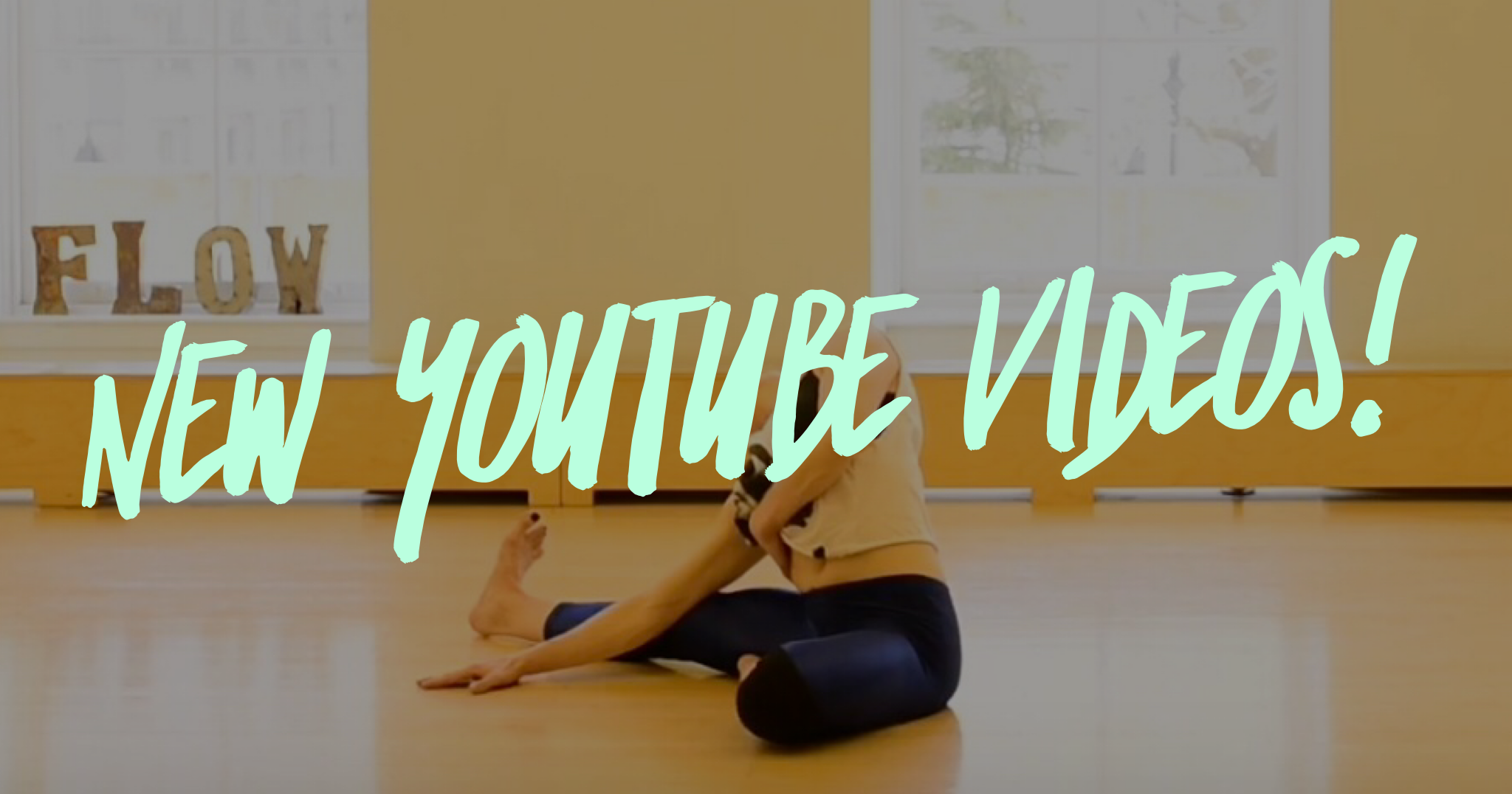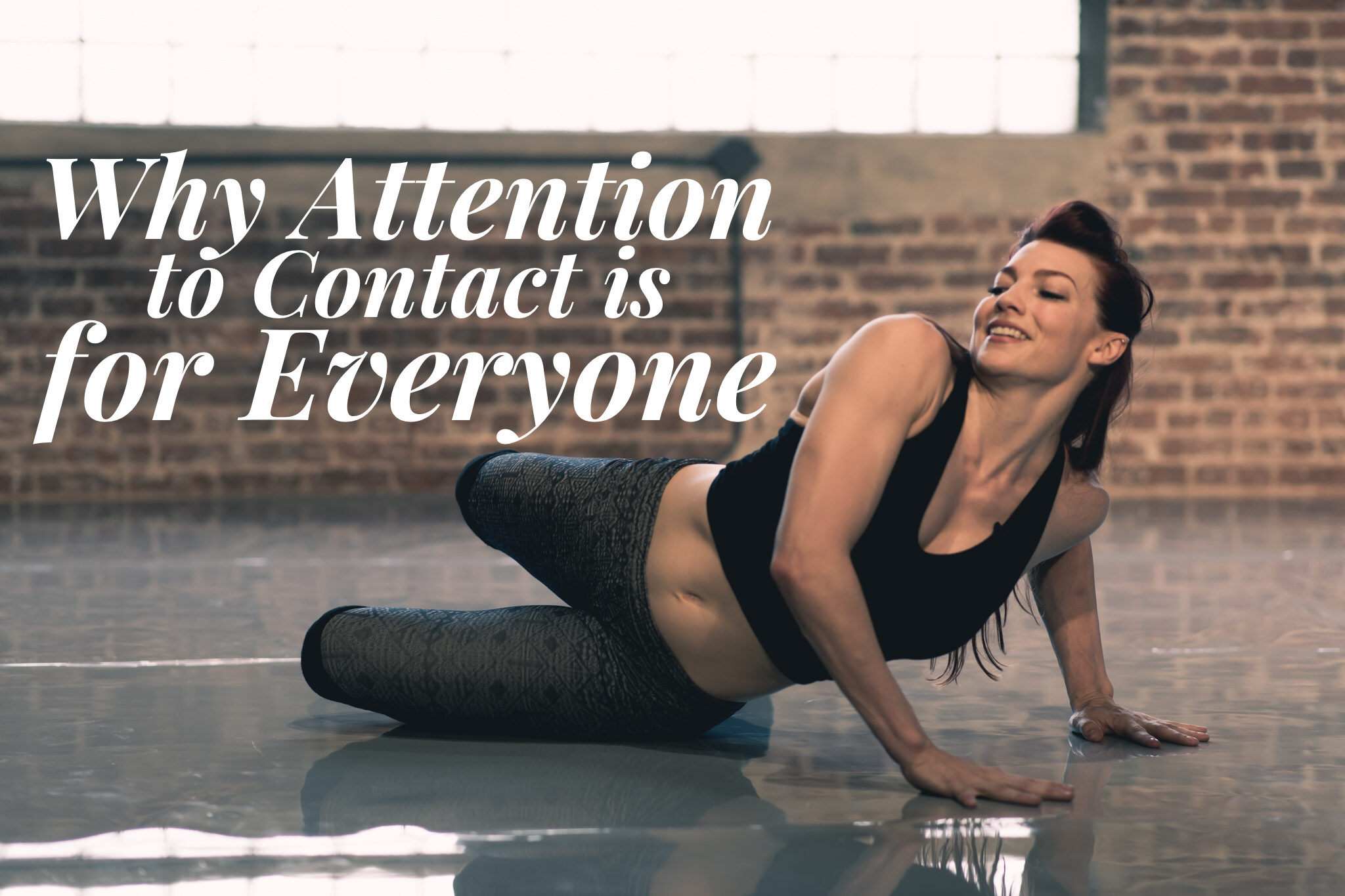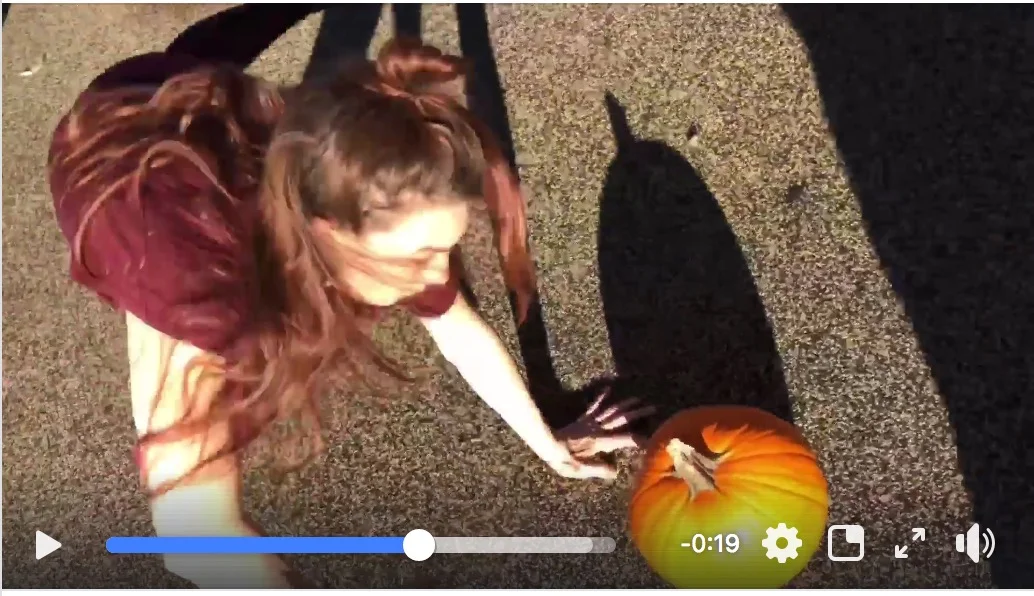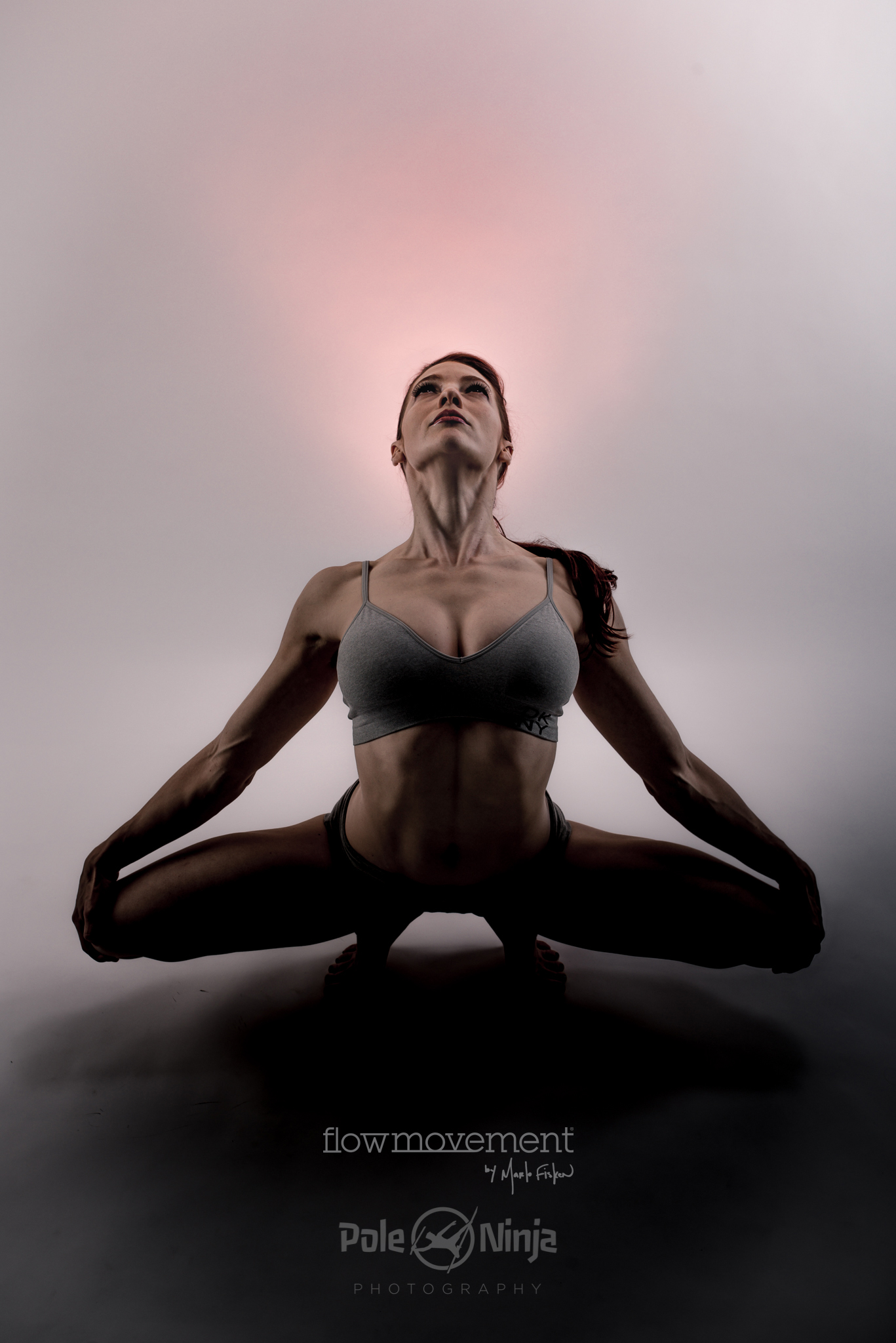The sit-to-stand test received a lot of publicity in 2014. If you missed it, a Brazilian Study found that the ability to get off the floor without hands was a major predictor of longevity (as in, your life will probably be shorter if you struggle to get off the floor.)
Luckily, it's becoming common knowledge that if we sit (or remain in one position) for hours on end each day, our muscular system stops working for us the way it should. Here's the thing: difficulties in getting up from the floor or even a chair are not limited to older populations; it's a young people problem too, and that's scary.
Do you ever catch yourself placing a hand on your thigh to get off the floor? Do you use the armrests of your chair to stand? Do you sit by falling, and rise with a heave-ho? If you answered yes (recent injuries aside), you are not using your musculoskeletal system optimally.
Here is a video of a young woman performing the traditional test:
Now here is the fun part:
The Flow Movement® Sit-to-Stand Challenge!
First, find a song you love. Then lay down, flat on your back. Slowly come to stand without using your hands or knees on the floor. After you stand, find your way back down with total control, still without your arms. You can move them in space, but you cannot use them to push off the floor or place them your own body to rise. Find as many ways as possible to do this challenge. Gradually, increase your speed to make things interesting…but NO HANDS.
Post an an edited video on Instagram (you have 60 seconds now for videos, so no holding back!) or Facebook of your favorite ‘get up with no hands and no knees’ flow for a chance to win a free bundle of Flow Movement® videos. Make sure to tag both #flowmovement and #fmsit2stand so we see your video. We'll pick a winner for May on May 31, 2016.
Here are two of my favorite no hands ways to get up:















“I don’t do balls,” I used to say.
Like many other dancers I knew growing up, I formed an identity around being a dancer with no interest in activities involving balls, pucks, paddles, etc. (unless I was dancing with it).
In high school, I almost failed P.E. class because I flat-out refused to participate in any sports activity. As a result, in later years, whenever someone would throw me a ball I’d duck away rather than catch it, or if I did attempt a catch, it would be in a stiff and panicky state. It was embarrassing.
Ki’ilani (seen in the video) changed my relationship with catching. She loves balls more than anyone I’ve ever met. Every trip to a large store includes a visit to the sports aisle to feel balls. She even keeps a ball in her pocket for comfort tossing. One of our quarantine activities has been ‘dance catch.’